Overclocking Computers with AMD Athlon XP
|
| < Day Day Up > |
|
AMD Athlon XP represents further development of the Athlon line.
The architectures of these processors are based on Palomino (0.18 μm), Thoroughbred (0.13 μm), and Barton (0.13 μm) cores.
For the processor marking, a rating is used whose numeric value is different from the operating frequency.
Like its predecessors, Athlon XP has significant technological reserve that provides the possibility of improving performance with overclocking modes.
The results of investigations conducted for Athlon XP processors, analyzing performance gain obtained by overclocking, are provided in the following sections.
Computer with Athlon XP 1500+ (Palomino)
System Configuration
-
Processor — AMD Athlon XP 1500+ (1.33 GHz CPU frequency, 128 KB L1 cache, 256 KB L2 cache, on-die, CPU core frequency operation, standard FSB EV6 frequency of 133 MHz, data-transfer rate of 266 MHz, 1.75 V core supply, Socket A with 462 pins)
-
Motherboard — Abit AT7-MAX2 (VIA Apollo KT400 chipset)
-
Hard disk — IBM 180GXP (120 GB, 2 MB cache memory, Ultra DMA/100)
-
RAM — 512 MB, DDR266, Kingston
-
Video adapter — Abit GeForce4 Ti4200, OTES, 128 MB, AGP 8x
-
CD-ROM drive — Asus CD-S400/A (40x)
-
Power supply unit — 300 W
-
Operating system — Windows XP, Service Pack 1
Testing the System
The following tests were used: CPUmark 99, 3DMark2001 SE Pro, SiSoftware Sandra 2003, and SYSmark 2002 ICC. Besides this, the time required to encode a 14-minute-5-second music file into the MP3 format was measured. The test results are presented in Figs. 18.90–18.93.
Cooling Devices
Thermaltake Volcano 7 (Fig. 18.89) was used as a CPU cooler. This cooler ensures efficient cooling of Athlon and Duron. Furthermore, this cooler has built-in tools that control the fan rotation speed, depending on the temperature.
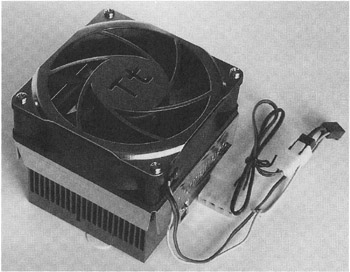
Figure 18.89: Thermaltake Volcano 7 cooler
Establishing Overclocking Modes
The overclocking modes were set in BIOS Setup using SoftMenu III. The processor-bus frequency was increased to 145 MHz, which corresponds to a data-transfer rate of 290 MHz (2 × 145 MHz). As a result, the processor core started to operate like that of Athlon XP 1700+. (See Table 18.41 and Figs. 18.90–18.93.)
| FSB frequency (MHz) | CPU frequency (MHz) | CPUmark 99 rating | 3DMark2001 SE Pro rating | SiSoftware Sandra memory bandwidth benchmark | SYSmark 2002 ICC rating | MP3 encoding (sec) |
|---|---|---|---|---|---|---|
| 133 | 1,333 = 133 × 10 | 124 | 9,073 | 1,971 | 175 | 39 |
| 145 | 1,450 = 145 × 10 | 134 | 9,597 | 2,151 | 195 | 34 |
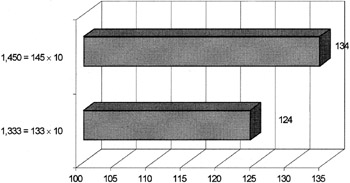
Figure 18.90: Athlon XP 1500+ test results (CPUmark 99)
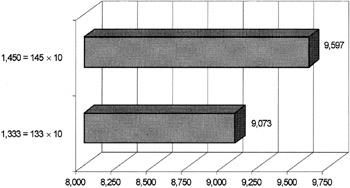
Figure 18.91: Athlon XP 1500+ test results (3DMark2001 SE Pro)

Figure 18.92: Athlon XP 1500+ test results (SiSoftware Sandra memory bandwidth benchmark)
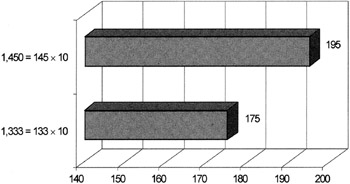
Figure 18.93: Athlon XP 1500+ test results (SYSmark 2002 ICC)
Computer with Athlon XP 2200+ (Thoroughbred)
System Configuration
-
Processor — AMD Athlon XP 2200+ (1.8 GHz CPU frequency, 128 KB L1 cache, 256 KB on-die L2 cache, core frequency operation, standard FSB EV6 frequency of 133 MHz, data-transfer rate of 266 MHz, 1.65 V core supply, Socket A with 462 pins)
-
Motherboard — Abit AT7-MAX2 (VIA Apollo KT400 chipset)
-
Hard disk — IBM 180GXP (120 GB, 2 MB cache memory, Ultra DMA/100)
-
RAM — 512 MB, DDR266, Kingston
-
Video adapter — Abit GeForce4 Ti4200, OTES, 128 MB, AGP, 8x
-
CD-ROM drive — Asus CD-S400/A (40x)
-
Power supply unit — 300 W
-
Operating system — Windows XP, Service Pack 1
Testing the System
The following testing software was used in performance analysis: CPUmark 99, 3DMark2001 SE Pro, and SYSmark 2002 ICC. Besides this, the time required to encode a 14-minute-5-second music file into the MP3 format was determined. Test results are presented in Figs. 18.94–18.96.
Cooling Devices
Thermaltake Volcano 7 (shown in Fig. 18.89) was used to cool the processor. This cooler ensures efficient cooling of Athlon and Duron. Furthermore, this cooler has built-in tools that control the fan rotation speed, depending on the temperature.
Establishing Overclocking Modes
The overclocking modes were established in BIOS Setup using the SoftMenu III technology. The processor-bus frequency was increased to 145 MHz, which corresponds to a data-transfer rate of 290 MHz (2 × 145 MHz). As a result, the CPU core began to operate like that of Athlon XP 2400+. The internal CPU frequency was increased from 1.8 GHz to 1.96 GHz. (See Table 18.42 and Figs. 18.94–18.96.)
| FSB frequency (MHz) | CPU frequency (MHz) | CPUmark 99 rating | 3DMark2001 SE Pro rating | SYSmark 2002 ICC rating | MP3 encoding (sec) |
|---|---|---|---|---|---|
| 133 | 1,800 = 133 × 13.5 | 156 | 9,883 | 218 | 29 |
| 145 | 1,960 = 145 × 13.5 | 170 | 10,467 | 237 | 27 |
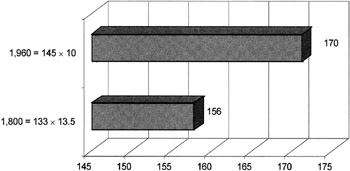
Figure 18.94: Athlon XP 2200+ test results (CPUmark 99)
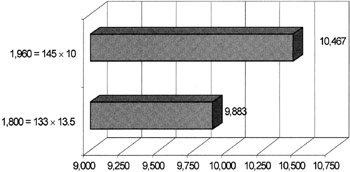
Figure 18.95: Athlon XP 2200+ test results (3DMark2001 SE Pro)

Figure 18.96: Athlon XP 2200+ test results (SYSmark 2002 ICC)
|
| < Day Day Up > |
|
EAN: 2147483647
Pages: 111
- Enterprise Application Integration: New Solutions for a Solved Problem or a Challenging Research Field?
- Data Mining for Business Process Reengineering
- Intrinsic and Contextual Data Quality: The Effect of Media and Personal Involvement
- A Hybrid Clustering Technique to Improve Patient Data Quality
- Relevance and Micro-Relevance for the Professional as Determinants of IT-Diffusion and IT-Use in Healthcare